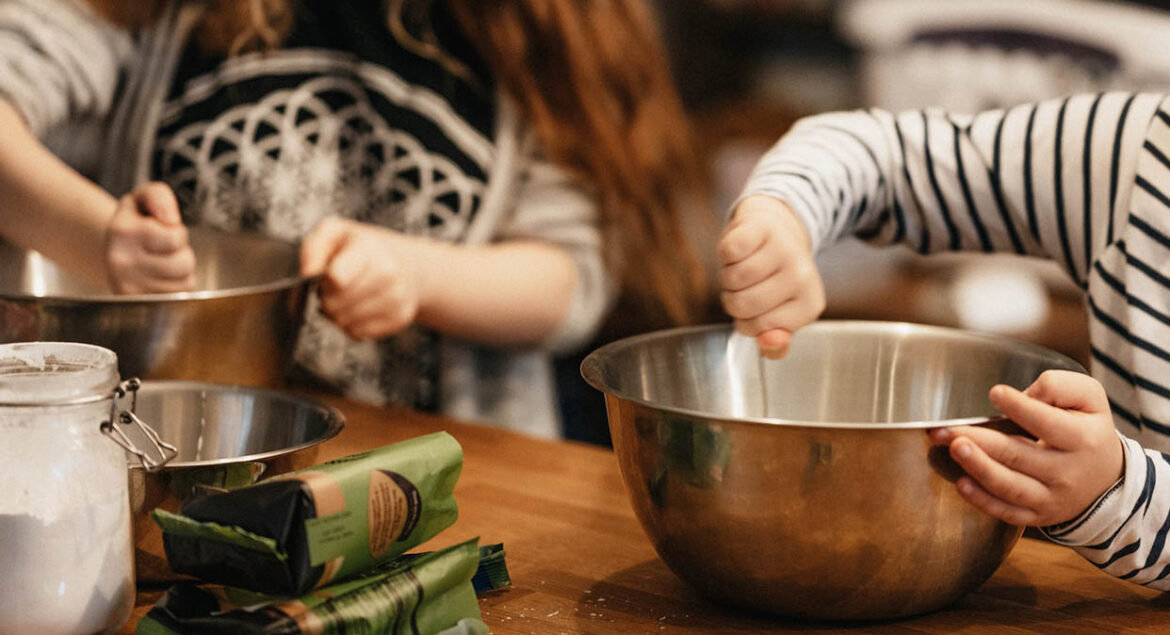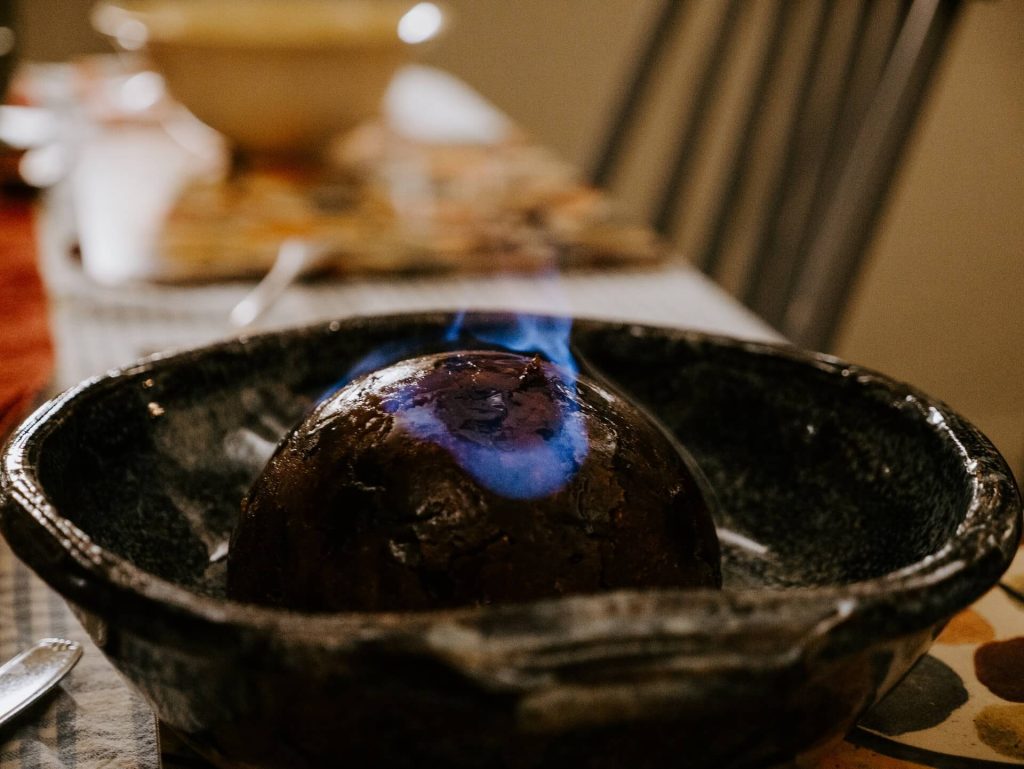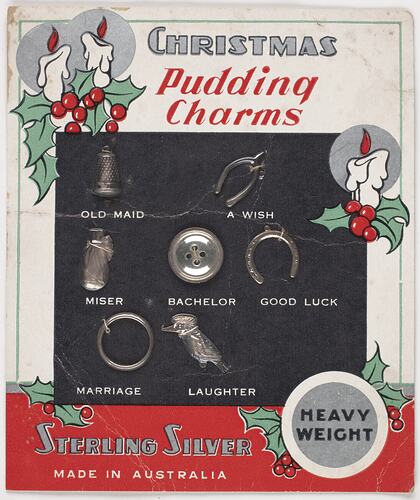
Last updated:22 September 2023
As winter draws near and the festive season approaches, many cultures and communities gear up for their cherished annual customs. In the UK, one such tradition, rooted deep in history, is known as “Stir-up Sunday“.
This day, an echo from the past, reverberates with the clinking of spoons, the sweet aroma of dried fruits, and the joy of togetherness. Let’s delve into the rich tapestry of Stir-up Sunday and explore its significance.
What is Stir-up Sunday?
The term “Stir-up Sunday” traces its origin back to the Book of Common Prayer from the Anglican Church. The collect for the last Sunday before Advent reads: “Stir up, we beseech thee, O Lord, the wills of thy faithful people…”.
Though it began as a spiritual call to the faithful, over time, it took on a delightful culinary significance, becoming the traditional day to mix the Christmas pudding. Read more about Christmas pudding.

What is the tradition of Stir-up Sunday?
One of the most endearing aspects of Stir-up Sunday is the act of communal stirring. The Christmas pudding mixture is prepared and everyone in the household, especially children, is encouraged to give the mixture a stir and make a wish. This act, simple in its mechanics, is profound in its symbolism. It signifies unity, shared hopes, and collective anticipation for the festivities to come.

The Stir-up Sunday Christmas Pudding Ingredients and Their Symbolism
13 Ingredients
Beyond the act of stirring, the ingredients of the Christmas pudding also bear symbolic significance. Traditionally, the pudding contains thirteen ingredients, representing Jesus and his twelve apostles. These ingredients usually include raisins, currants, suet, brown sugar, breadcrumbs, and an array of spices and flavours.
Stirring and making a wish
The pudding mixture is traditionally stirred by each member of the family whilst making a wish. They take turns going from East to West, to represent the journey of the Wise Men from the story of the Nativity.
Lucky Charms
Traditionally a number of lucky charms were added to the Christmas pudding mixture. It was believed that if you find one of the charms in your portion of Christmas pudding on Christmas Day that you will be blessed with the luck represented by that specific charm.
Christmas Pudding charms were traditionally stirred into the Christmas pudding mixture just before steaming. When served one of these charms, it was supposed to tell your fortune for the upcoming New Year.
Originally a coin (often a silver sixpence) is hidden in the pudding. Finding it on Christmas Day is believed to bring luck and wealth in the coming year.
Other Christmas pudding charms:
Coin – brings wealth and money
Thimble – for a single woman finds it they’ll remain single another year
Button – for found by a single man he’ll remain a bachelor
Horseshoe – brings good luck
Ring or a bell – means a wedding may be on the way
Wishbone – means a special wish will be granted
Anchor – brings a safe year and will protected from danger
Note: if you decide to add charms to your Christmas pudding, be sure to sterilise them first. First dip into a small bowl of coca-cola to clean, then soak in boiling water for 10 to 15 minutes.
And be sure to let people know that there are charms to find in the Christmas pudding before they start eating. Traditionally you would search for charms with your spoon before eating out of the bowl!

Holly Garnish
When the Christmas pudding is served, it is presented with a garnish of fresh holly. Its prickly nature represents the crown of thorns worn by Jesus Christ. (Note: if you follow this tradition do not eat the holly as it is toxic to humans.)
The Evolution of Stir-Up Sunday Tradition
Like many traditions, Stir-up Sunday has evolved over time. With increasingly busy lives and the availability of ready-made puddings, not every household observes the practice today. However, for many, the day still holds a special charm. It’s a moment to pause, to embrace the tactile joy of cooking, and to bond with family.
In recent years, there’s been a revival of Stir-up Sunday, with many embracing the ‘DIY’ ethos of the festive season, opting for homemade gifts and decorations, and returning to traditional recipes that might have been passed down through generations.
Incorporating Stir-up Sunday in Your Festivities
If you’re enchanted by the idea of Stir-up Sunday and want to incorporate it into your own festive calendar, here’s how you can begin:
1. Mark the Date: Stir-up Sunday is always the last Sunday before Advent, which is about four to five weeks before Christmas.
2. Gather Your Ingredients: A quick search will provide you with a traditional Christmas pudding recipe. You can stick to the classic or add your own twist.
3. Involve Everyone: Make it a communal activity. Invite family members, friends, or even neighbours to join in the stirring and wishing.
4. Preserve and Enjoy: Once done, the pudding is typically stored and steamed again on Christmas Day before being served, often with a sprig of holly on top and flambéed for dramatic effect.
When is Stir-Up Sunday in 2023?
Stir-up Sunday in 2023 falls on Sunday 26th December.
Stir-up Sunday is a beautiful blend of faith, family, and food, connecting generations and invoking the spirit of togetherness. In a world that often moves at breakneck speed, perhaps we could all do with a little stirring and wishing, to remind ourselves of the joys of shared moments and the magic of the festive season.
More Christmas traditions and customs.

